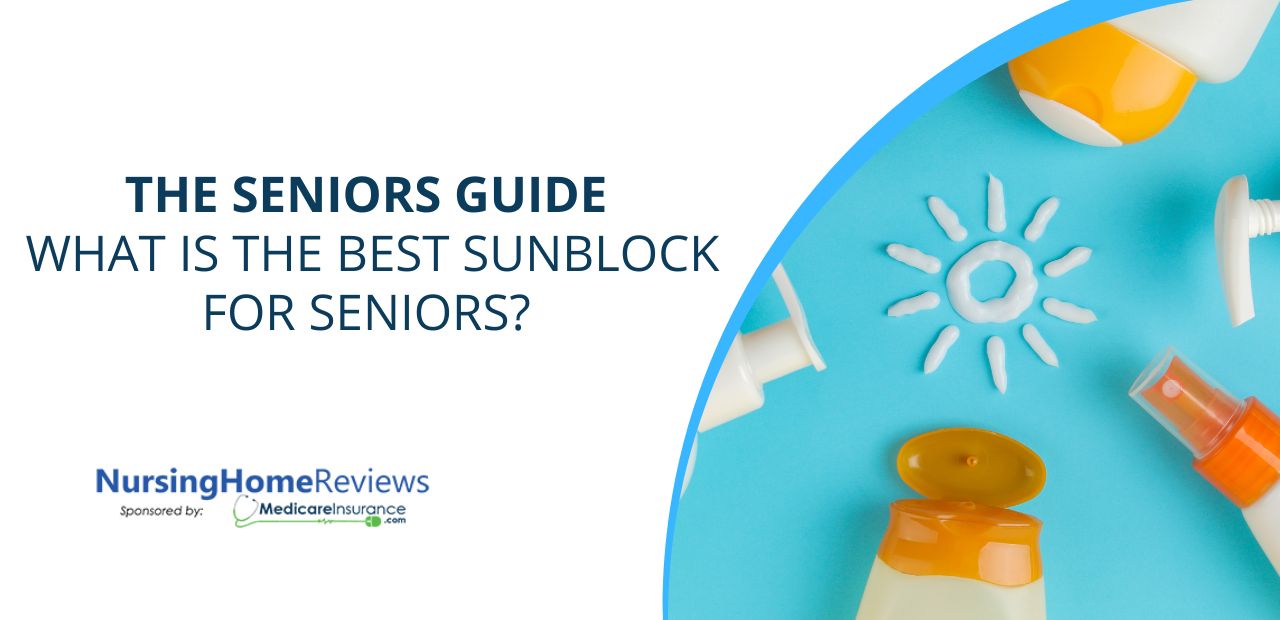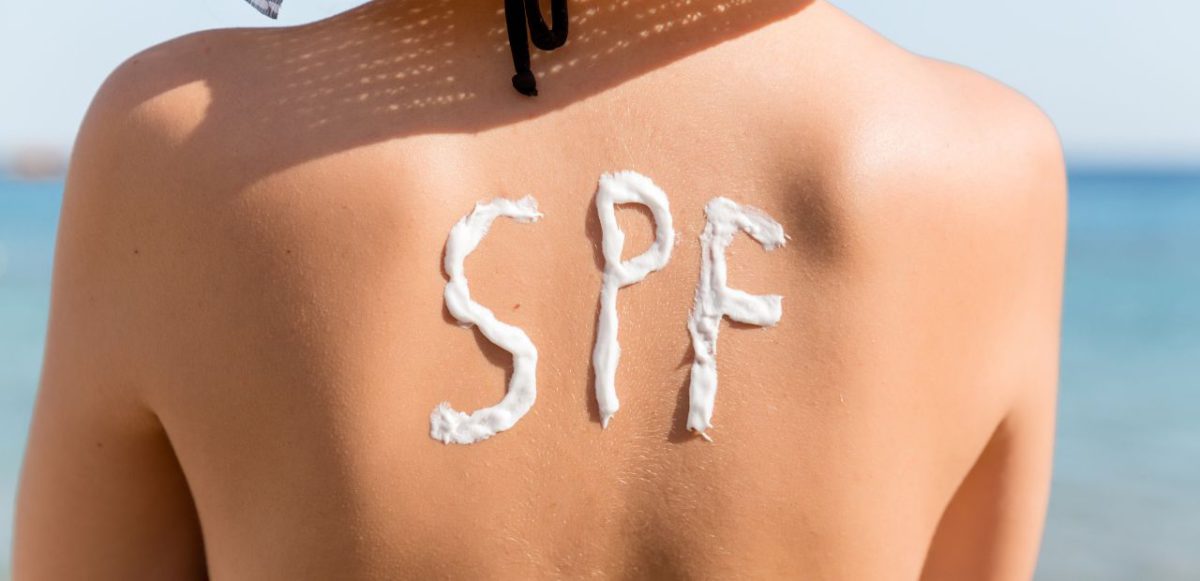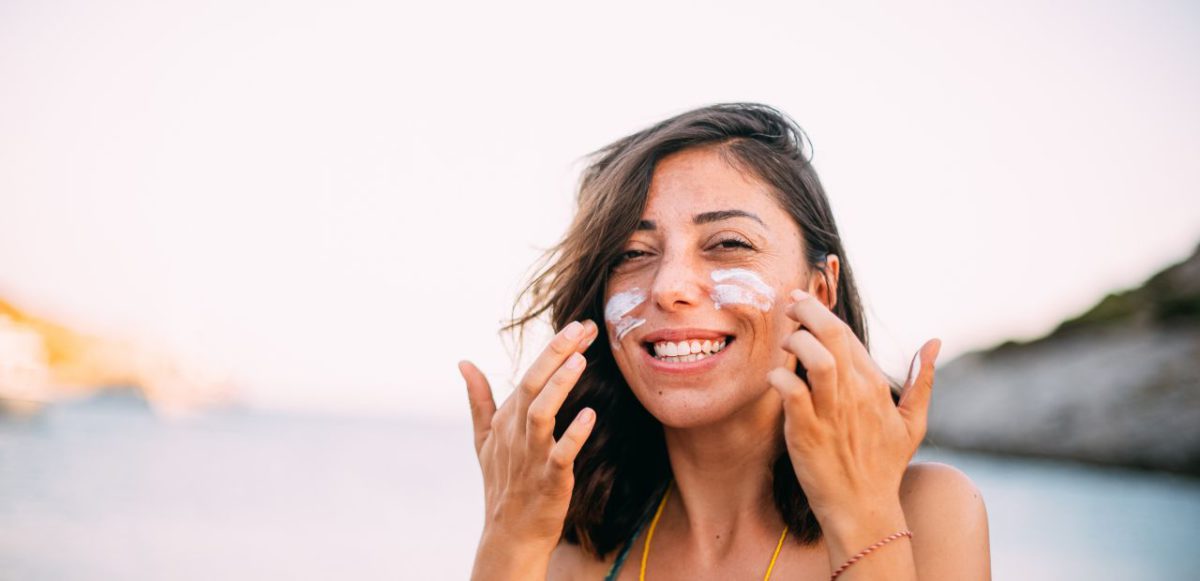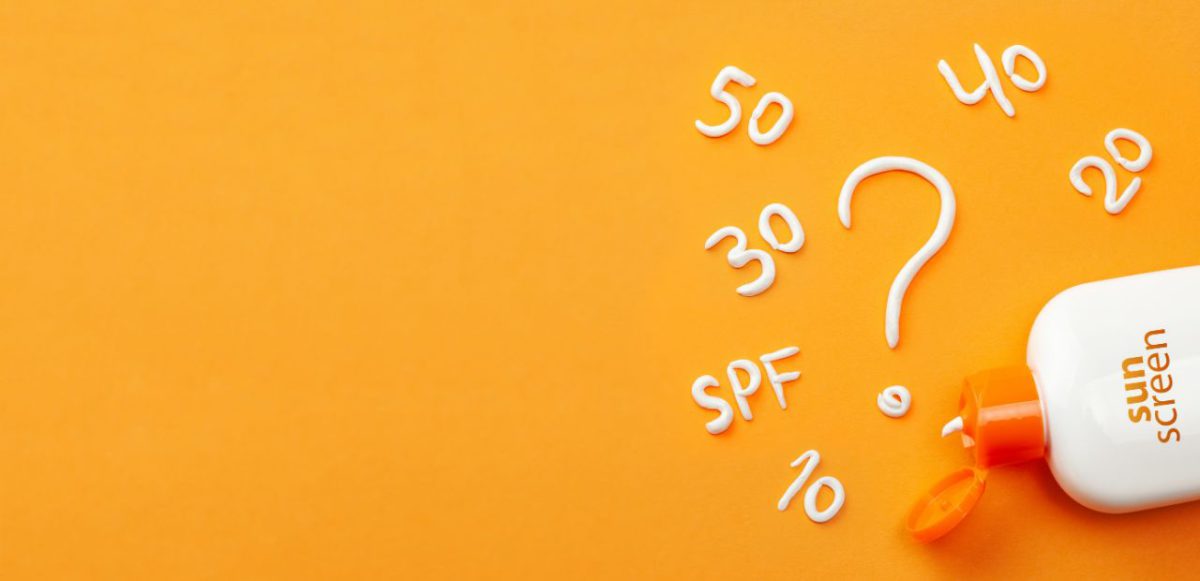
Everybody’s Free to Wear Sunblock
Though that doesn’t mean everyone is wearing the best sunblock, or even any sunblock at all. That’s unfortunate, as wearing sunblock or sunscreen is one of the best things you can do for skin care at any age. Not only does protecting your skin from the sun reduce signs of aging, it also massively reduces the risk of skin cancer. Whether you’re taking a trip this summer or just want everyday protection, here’s how to pick sun protection that works for you.
Our app can't protect you from the sun, but it can help you find great assisted living.
Start your search today.
The 411 on SPF

The sun, as vital to life as it may be, is also a highly volatile ball of plasma that constantly bombards the planet with deadly radiation, and while the atmosphere filters out the worst of it, some ultraviolet radiation (UV) still manages to get to the surface. Ultraviolet, in this case, means light that is beyond the visible spectrum; ultraviolet literally means ‘beyond violet’.
UV light isn’t necessarily a bad thing: it’s needed for the body to produce Vitamin D, which is critical for calcium uptake and bodily function. However, overexposure can damage collagen fibers (leading to accelerated aging) and damage DNA in skin cells, causing skin cancer. Even in the short term, overexposure to UV can cause painful sunburns, which can make everyday tasks difficult until they heal.
There are a variety of ways you can protect yourself from UV rays, including:
- Wearing a wide-brimmed, tightly woven hat.
- Wearing clothing that covers most of the body, like long pants or skirts that reach the ankle.
- Remaining in the shade, or carrying a parasol/sun umbrella.
However, one of the best ways to remain safe is by using a broad spectrum SPF product applied directly to the skin: these sunscreens and sunblocks can protect skin left exposed by clothing, and provide an added layer of protection from harsh sunlight that supplements any other protections you might have.
SPF stands for Sun Protection Factor, which refers to the amount of UV radiation a given sunscreen or sunblock prevents from penetrating the skin. Sunscreen and sunblock advertise their effectiveness by listing SPF on the label: the higher the SPF, the more effective the product is at blocking UV radiation. Or, at least that’s true up to a point. SPF suffers from diminishing returns: SPF 30 blocks 97 percent of harmful rays. SPF 50 blocks out 98 percent, while SPF 100 blocks out 99 percent.
Most experts recommend using a broad-spectrum sunscreen or sunblock of SPF 30 or higher. While more SPF is good, many people overestimate the effectiveness of high SPF sunscreen, believing it to last far longer than a lower SPF counterpart. Unfortunately, as sunscreen is rubbed off or washed away by sweat and water, it loses effectiveness at a rate independent of its SPF. The false sense of security a high SPF gives you can lead to more UV exposure, not less.
Sunblock vs Sunscreen

You may have noticed that we’ve been insistent on saying ‘sunblock or sunscreen’ rather than using the terms interchangeably. That’s because, contrary to popular belief, sunblock and sunscreen are two different types of products!
Sunscreen, also known as chemical sunscreen, is what we usually think of when imagining skin protection. It uses a variety of chemicals like oxybenzone or avobenzone to absorb harmful UV rays before they reach your skin. Sunblock, also known as physical sunscreen, contains ingredients like titanium dioxide or zinc oxide, which physically block and reflect UV light away from the skin. If you’ve ever seen the stereotypical image of a lifeguard with white lotion on their nose, that’s sunblock in action.
Sunscreen is more popular than sunblock due to its subtlety: it tends to be thinner and more translucent, allowing it to be evenly applied to the whole body without leaving visible traces. Sunblock, on the other hand, tends to be thicker and opaque. It may be difficult to apply across the whole body and can remain visible on the skin after application. However, these products tend to be better for the environment and more effective at protecting the skin. Still, any sunburn protection is better than none, so use what you prefer.
Due to a 2011 FDA regulation, you won’t find any products labeled ‘sunblock’ for sale in the US, as the implication it ‘blocks’ the sun can give consumers a false sense of security. Instead, check the ingredient label to see if it contains titanium or zinc oxide.
As tempting as it may be, don’t mix different types of sunscreen. The effects aren’t additive, and mixing different sunscreens can reduce their overall effectiveness.
Picking the best sunblock for seniors

If you’re looking for the best sunburn protection for seniors, keep the following tips in mind.
- Choose an SPF of 30 or higher: More than 30 has diminishing returns, but using one less than SPF 30 will result in a serious drop in protection.
- Make sure it’s broad spectrum: UV rays come in frequencies like UVA and UVB. Good sunscreen protects against both.
- Choose one that is water resistant: Even if you’re not swimming, sweat and natural bodily processes cause sunscreen to wear away with time. Much like products can’t be called ‘sunblock’ due to FDA regulations, manufacturers can’t call sunscreen ‘waterproof’ or ‘sweatproof’, so water resistant is the term you’re looking for.
- Lotion is best: Spray-on sunscreen can be applied unevenly, and can release noxious fumes. Lotion allows more precise control over how much you apply.
- Reapply often: You should reapply sunscreen every two hours (more if you’re swimming). As such, you shouldn’t rely on sunscreen mixed with products you’re not willing to apply as often (like makeup or insect repellent).
- Wear daily, even indoors: While you’re unlikely to get a sunburn while inside, you can still damage your skin with exposure to UV light. Pick a sunscreen you’re comfortable applying daily. If it feels unpleasant or stings your eyes when you sweat, try another type.
- Combine with other forms of UV protection: Hats, sunglasses, proper clothing, and shade work with your sunscreen to provide powerful skin protection.
If you’re being particular about what sunblock you choose, why be any less selective about nursing homes and assisted living? Our free app on IOS and Android can show you official ratings, resident and caregiver reviews, and up-to-date violation records on nursing homes across the country. Download our app today on your preferred app store, or enter your zip code to try out the web version.





